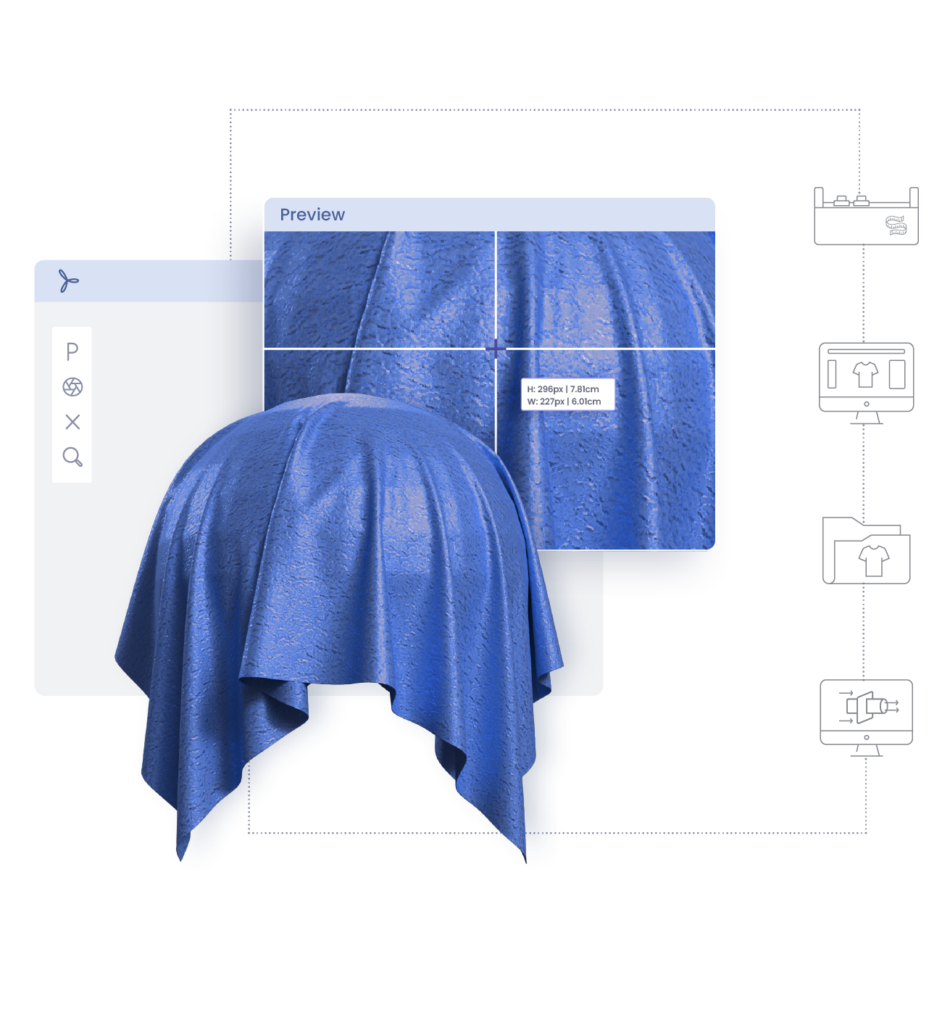Many apparel brands are looking to find the perfect balance between their digital and physical presence in today’s ever-evolving industry. However, the demand for more sustainable design methods, higher-quality garments, and faster turnaround times is pressurizing apparel organizations to start embracing 3D and ultimately have the right set of 3D fashion design tools to conduct fully digital workflows, from design to production.
Switching from an existing and well-established 2D workflow to 3D CAD for fashion designers is no easy task by any means and involves stepping out of one’s comfort zone, however, the right tools and guidance will navigate the digital tra nsformation of your apparel organization more productively and positively.
We have highlighted 3 of the most important factors to take into account when looking to smoothly transition from 2D to 3D:
Lay the Groundwork for Success
The first hurdle is tackling the skills gap from 2D to 3D CAD and for fashion designers to understand the technical implications of the shift. In order to successfully begin the 3D apparel adoption process, it requires establishing a firm basis for 3D adoption through sufficient training and practice as well as having a project champion, an organized and passionate leader within the organization who will lead the way.
 When focusing on developing the skillset of your relevant teams working directly with the 3D apparel design software, this requires full-scale onboarding, typically with the support of a customer success manager alongside a learning platform such as Browzwear University. The aim is to showcase the entry-level methods that will help build their confidence in the digital space to start building efficient processes with their new knowledge and skills.
When focusing on developing the skillset of your relevant teams working directly with the 3D apparel design software, this requires full-scale onboarding, typically with the support of a customer success manager alongside a learning platform such as Browzwear University. The aim is to showcase the entry-level methods that will help build their confidence in the digital space to start building efficient processes with their new knowledge and skills.
“It is important for organizations to understand that the transition from 2D to 3D is not an overnight task, but is about understanding the learning curve and giving employees a realistic timeline to upskill in the software ” , says Stephanie Birkmeier , customer success manager at Browzwear.
Once the team familiarizes themselves with the software, with the guidance of the 3D champion, they can set achievable milestones “as team members have the challenge of working their full-time job while simultaneously learning digital design,” Stephanie adds . For example, set a practical goal that 20% of their workflow will be conducted in 3D in the first six months of changing over, ensuring a more focused transformation process.
Customize Your Workflow
While some apparel organizations may have “ a special way that they make their sauce , ” as Client Success Lead at Browzwear, Mitch Stadler puts it, it is about stepping outside of their comfort zone and aligning the organization’s current model with a 3D apparel design workflow that is as close to a real-life workflow as possible, focusing on filling in the relevant knowledge gaps that are in between.
 Starting with the fundamentals requires organizations to begin building an asset library that reflects their company DNA “b y showcasing the approachable wins like making a couple of colorways, placing a graphic and proofing out the sizing of a simple T-shirt, helps the users learn as well as understand that they can keep up with the transition as well as gives them the confidence to try more and build on their experience as time goes by, ” says Mitch. This will allow the design team to edit, adjust, and customize each 3D garment accordingly to bring their design concept to life within seconds.
Starting with the fundamentals requires organizations to begin building an asset library that reflects their company DNA “b y showcasing the approachable wins like making a couple of colorways, placing a graphic and proofing out the sizing of a simple T-shirt, helps the users learn as well as understand that they can keep up with the transition as well as gives them the confidence to try more and build on their experience as time goes by, ” says Mitch. This will allow the design team to edit, adjust, and customize each 3D garment accordingly to bring their design concept to life within seconds.
Eventually, the teams within the organization can create a digital twin of a physical garment , accounting for all of the product’s physical properties, allowing them to bring the physical garment into the digital world.
Harness the Authenticity of Digital Materials
Fabrics define any garment’s look, feel, and fit, from the texture and stretch to its thickness and bend. Therefore, it is imperative to replicate the physical properties of the fabric and bring them into the digital world.
“One of the most challenging aspects is helping the user clearly understand the entire end-to-end workflow, especially from the very simple and solid fabrics, to the printed fabrics as well as the more complex fabrics such as lace to show the realistic effects that 3D brings ,” explains Queenie Yunqing Chen, Customer Success Lead at Browzwear.
While it may seem somewhat impossible, Browzwear’s Fabric Analyzer allows you to take any fabric and grab all of the data of its physical properties before then translating it into an accurate visual image, ready to use in the VStitcher fabric library. From there, users can create endless iterations of their design concept, dress their garments on various customizable parametric avatars, and even see their garments in motion, where they can evaluate exactly how the fabric fits and folds fall when worn. Watch how apparel organizations like Jerzees, a Fruit of the Loom company, leverage the Fabric Analyzer in their day-to-day operations to take their 3D garment designs from concept to creation.
 The world is changing rapidly, and digital is the new normal. When taking the leap from 2D to 3D, it is important to look at the bigger picture and shift your mindset to reach bolder and more challenging goals. As overwhelming as the change may seem, we can assure you that with 3D, it will be worth it in the end.
The world is changing rapidly, and digital is the new normal. When taking the leap from 2D to 3D, it is important to look at the bigger picture and shift your mindset to reach bolder and more challenging goals. As overwhelming as the change may seem, we can assure you that with 3D, it will be worth it in the end.
Learn more about how apparel organizations of today are digitally transforming their apparel businesses to get their products to market faster, smarter, and more sustainably.